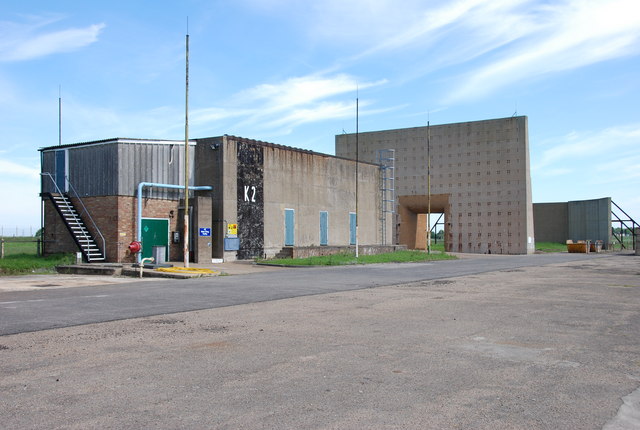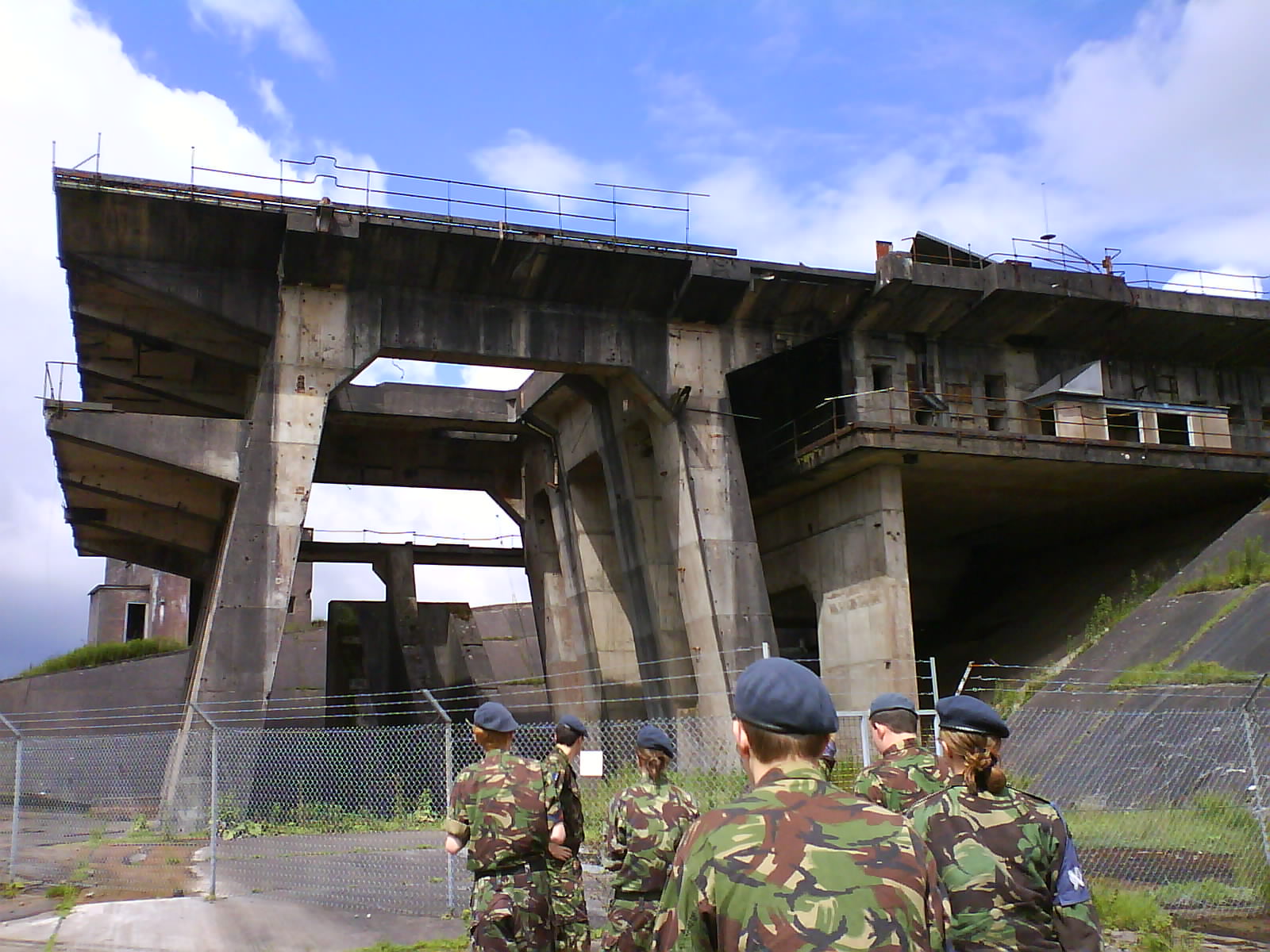|
PERME
Propellants, Explosives and Rocket Motor Establishment, usually known for brevity as ''PERME'', operated at two sites: * Waltham Abbey Royal Gunpowder Mills, known from 1977 as ''PERME Waltham Abbey'' * Rocket Propulsion Establishment established at RAF Westcott in 1946, also known as ''PERME Westcott'' * RAF Spadeadam RAF Spadeadam (pronounced "Spade Adam") is a Royal Air Force station in Cumbria, England, close to the border with Northumberland. It is the home of the 9,000 acre (36 km2) Electronic Warfare Tactics Range, making it the largest (by area) ..., also known as the ''Rocket Establishment'' was not officially part of ''PERME'' but was often confused with it. Research institutes in England Rocket engines of the United Kingdom Rocketry {{Rocket-stub ... [...More Info...] [...Related Items...] OR: [Wikipedia] [Google] [Baidu] |
Waltham Abbey Royal Gunpowder Mills
The Royal Gunpowder Mills are a former industrial site in Waltham Abbey, England. It was one of three Royal Gunpowder Mills in the United Kingdom (the others being at Ballincollig and Faversham). Waltham Abbey is the only site to have survived virtually intact. The Royal Gunpowder Mills, Waltham Abbey, were in operation for over 300 years. Starting in the mid-1850s the site became involved in the development of revolutionary nitro-based explosives and propellants known as "smokeless powder". The site grew in size, and black powder became less important. Shortly after the Second World War it became solely a Defence Research Establishment – firstly the Explosives Research and Development Establishment, then the Propellants, Explosives and Rocket Motor Establishment Waltham Abbey; and finally the Royal Armament Research and Development Establishment Waltham Abbey. The Mills are an ''Anchor Point'' of the European Route of Industrial Heritage, set in of parkland and contain ... [...More Info...] [...Related Items...] OR: [Wikipedia] [Google] [Baidu] |
Rocket Propulsion Establishment
The Rocket Propulsion Establishment at Westcott, Buckinghamshire on the site of the former RAF Westcott has made a number of notable contributions in the field of rocket propulsion, including input on the rocket design for the Blue Streak missile and the propulsion systems on Chevaline. It was also known as the Guided Projectiles Establishment and PERME Westcott (Propellants, Explosives and Rocket Motor Establishment, Westcott). For many years this establishment was regarded as so secret that it was not marked on Ordnance Survey maps, although it was present, from necessity, on maps for the use of pilots. History The establishment was set up in April 1946 under the Ministry of Supply. In the initial years a team of German scientists worked at the site, and examples of German weapons were on-site for study. These included the V-1 flying bomb; V-2; Feuerlilie F-55 subsonic missile; Messerschmitt Me 163B rocket-propelled interceptor; Rheintochter-1 anti-aircraft missile; Ruh ... [...More Info...] [...Related Items...] OR: [Wikipedia] [Google] [Baidu] |
RAF Spadeadam
RAF Spadeadam (pronounced "Spade Adam") is a Royal Air Force station in Cumbria, England, close to the border with Northumberland. It is the home of the 9,000 acre (36 km2) Electronic Warfare Tactics Range, making it the largest (by area) RAF base in the United Kingdom. Its primary use is for Electronic Warfare (EW) training to the Royal Air Force and NATO allies. The site and course of Hadrian's Wall runs a few miles south of the range. Spadeadam The Spadeadam area was remote and largely uninhabited and known as Spadeadam Waste. The name is possibly a corruption of Cumbric ''ysbyddaden'' "hawthorn", or "ysbytybrenin" "king's hostel", and in 1950 the recorded pronunciation was . It is mentioned as "Speir Adam" or "Spear Edom" in " Hobie Noble". History Cold War The site was first built in 1955 to be the Intermediate Range Ballistic Missile Test Centre for the Blue Streak missile project. The role of Spadeadam in Britain's Cold War nuclear weapons programme was made publ ... [...More Info...] [...Related Items...] OR: [Wikipedia] [Google] [Baidu] |
Research Institutes In England
Research is "creative and systematic work undertaken to increase the stock of knowledge". It involves the collection, organization and analysis of evidence to increase understanding of a topic, characterized by a particular attentiveness to controlling sources of bias and error. These activities are characterized by accounting and controlling for biases. A research project may be an expansion on past work in the field. To test the validity of instruments, procedures, or experiments, research may replicate elements of prior projects or the project as a whole. The primary purposes of basic research (as opposed to applied research) are documentation, discovery, interpretation, and the research and development (R&D) of methods and systems for the advancement of human knowledge. Approaches to research depend on epistemologies, which vary considerably both within and between humanities and sciences. There are several forms of research: scientific, humanities, artistic, economic ... [...More Info...] [...Related Items...] OR: [Wikipedia] [Google] [Baidu] |
Rocket Engines Of The United Kingdom
A rocket (from it, rocchetto, , bobbin/spool) is a vehicle that uses jet propulsion to accelerate without using the surrounding air. A rocket engine produces thrust by reaction to exhaust expelled at high speed. Rocket engines work entirely from propellant carried within the vehicle; therefore a rocket can fly in the vacuum of space. Rockets work more efficiently in a vacuum and incur a loss of thrust due to the opposing pressure of the atmosphere. Multistage rockets are capable of attaining escape velocity from Earth and therefore can achieve unlimited maximum altitude. Compared with airbreathing engines, rockets are lightweight and powerful and capable of generating large accelerations. To control their flight, rockets rely on momentum, airfoils, auxiliary reaction engines, gimballed thrust, momentum wheels, deflection of the exhaust stream, propellant flow, spin, or gravity. Rockets for military and recreational uses date back to at least 13th-century China. ... [...More Info...] [...Related Items...] OR: [Wikipedia] [Google] [Baidu] |




